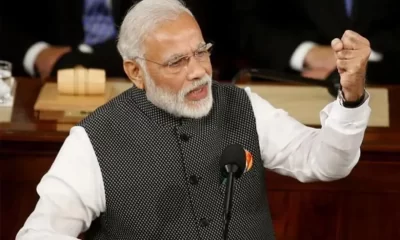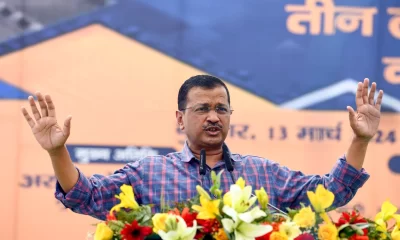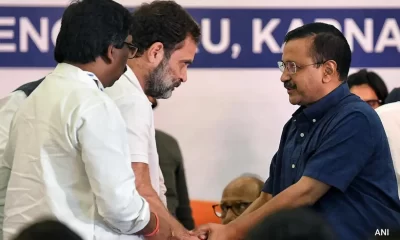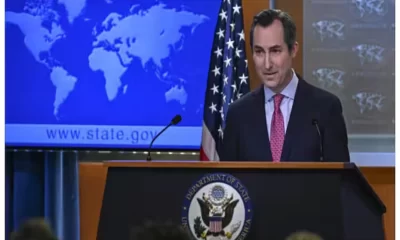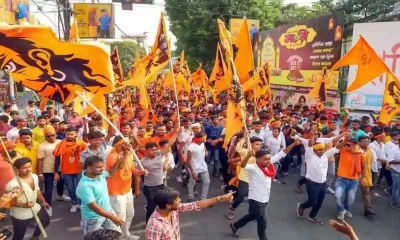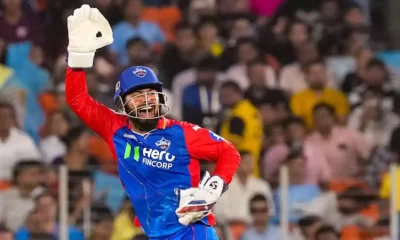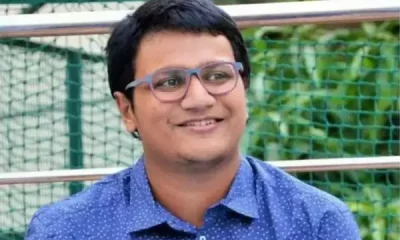India News
Now testing kits to be produced from South Korea and Germany.
Union Health Minister Dr Harsh Vardhan has said that India will achieve self-reliance with respect to the production of indigenous rapid testing and RT-PCR diagnostic kits by the end of May.
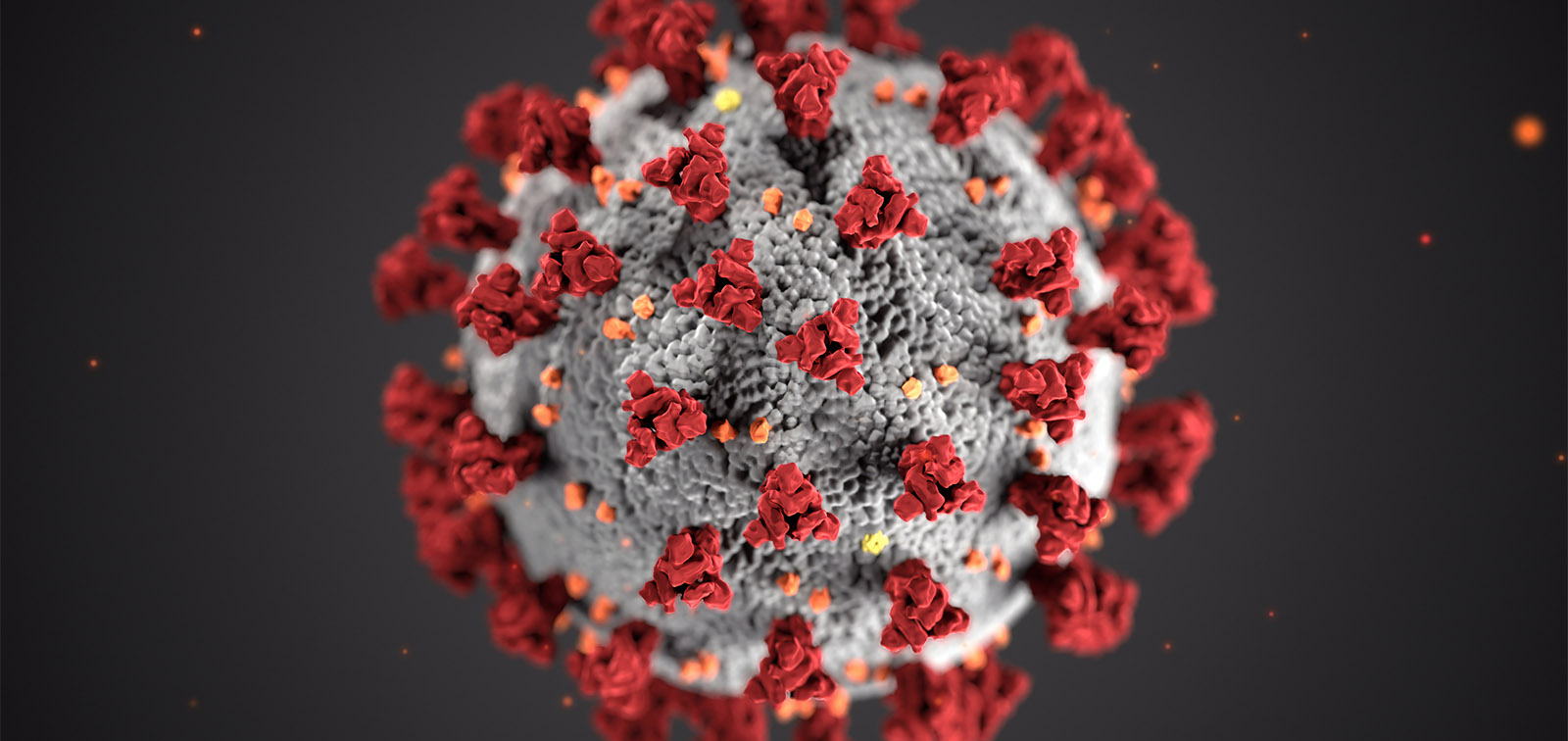
India is tapping sources other than China to meet its rapid test kits requirements. Union Health Minister Dr Harsh Vardhan has said that India will achieve self-reliance with respect to the production of indigenous rapid testing and RT-PCR diagnostic kits by the end of May.
However looking at other options to procure rapid testing kits, New Delhi has ordered a first batch from South Korea, and more kits will be procured from Germany, Canada and Japan. The consignments of at least five lakh kits is expected to arrive from South Korea’s Humasis Ltd in four batches starting 30 April, 2020.
The Indian Council of Medical Research was forced to recall the rapid antibody testing kits procured from China due to meager five percent accuracy rate of these kits.
Many startups in different parts of the country have got completely indigenously-built testing technologies and capabilities validated, while a few others are in the final stages of approval. These kits will also cost just about Rs 900 to Rs 1,200 per patient, as against Rs 4,500 that is currently the cost of a test in the country. Some of these have also started manufacturing and scaling up.
Meanwhile in a setback, the first samples of state-owned HLL Lifecare Ltd’s indigenous rapid antibody test kits that was sent to Kerala has failed quality tests.
India has so far depended on China or other countries purely because it was ill-prepared to manufacture anything in bulk quantity till now. But if domestic production picks up successfully we can become self reliant in testing kits.
India News
Clashes erupt during Ram Navami procession in West Bengal’s Murshidabad district
BJP leader Suvendu Adhikari wrote a letter to the West Bengal Governor and sought a probe by the National Investigation Agency (NIA) into clashes and violence during a Ram Navami procession in Murshidabad’s Rejinagar area.
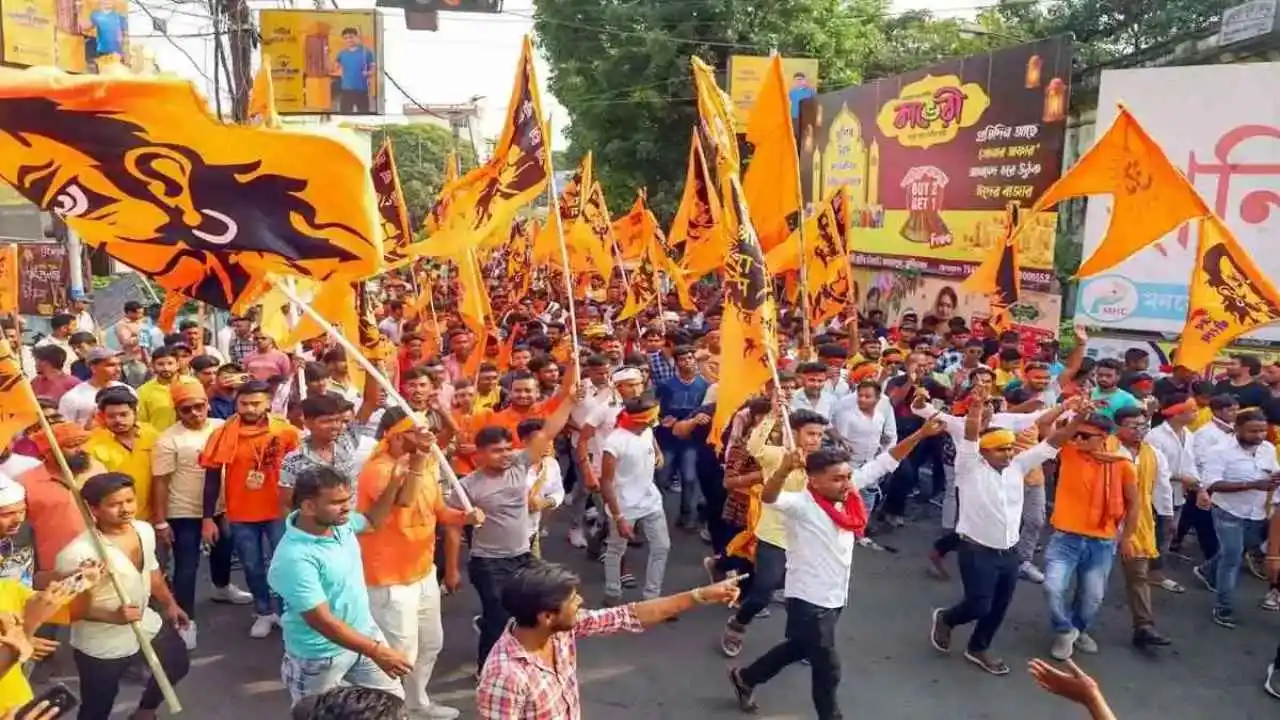
Clashes and violence erupted during the Ram Navami procession in the Shaktipur area of Rejinagar, Murshidabad district, West Bengal on Wednesday. According to reports, the stone-pelting started taking place when the Ram Navami parade was underway as people threw stones from their rooftops. The situation reached a point where the police had to resort to a lathi charge. Some individuals sustained injuries during the clashes and violence. The BJP alleged that Hindu devotees were targeted in Rejinagar.
BJP leader Suvendu Adhikari wrote a letter to the West Bengal Governor and sought a probe by the National Investigation Agency (NIA) into clashes and violence during a Ram Navami procession in Murshidabad’s Rejinagar area. Around 20 people were injured after stones were thrown at the Ram Navami parade from rooftops. The police has imposed Section 144 in the area.
Another incident took place during the Ram Navami parade, as an explosion went off in Shaktipur, Murshidabad, which resulted in injuring a woman. The woman was taken to the Murshidabad Medical College and Hospital, and the police have started investigating the matter. But, it is still not clear whether the explosion was caused by a bomb or some other reason.
The BJP also alleged that another Ram Navami parade was attacked and pelted with stones in Medinipur’s Egra. BJP leader Amit Malviya said party workers would gherao the Egra police station to protest the brutal attack. Amit Malviya tweeted that Hindu devotees were singled out during the Ram Navami celebrations in Rejinagar, Murshidabad. He further added Mamata Banerjee is a blot on West Bengal.
Many videos are circulating on social media, which show people throwing stones at the procession from their rooftops. The police had to conduct a lathi charge and also fired tear gas shells to disperse the crowd. The police have said that the situation has been brought under control, and additional security forces have been stationed in the area.
2024 Lok Sabha Elections
Election Commission advises Bengal Governor to not visit Cooch Behar on voting day
The Election Commission advised the Bengal Governor to call off his proposed visit to Cooch Behar on April 19.
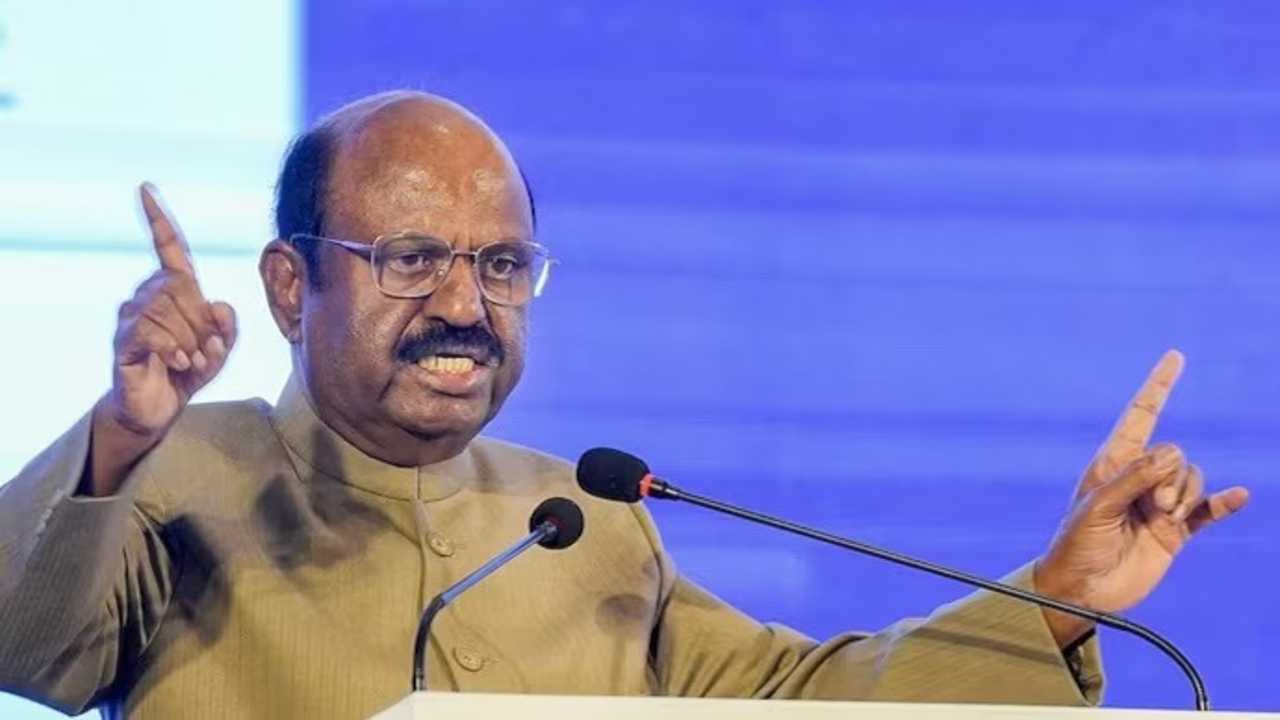
West Bengal governor CV Ananda Bose has been warned by the Election Commission of India (ECI) not to visit Cooch Behar on April 18 and 19, since the first phase of the Lok Sabha polls will begin with a silence period on Wednesday evening.
According to those familiar with the situation in the EC, the poll body informed the governor’s office that no local program could be planned for the governor on April 19 due to the Model Code of Conduct and the election day.
The poll body added that if they had to provide local security cover for this unexpected proposed visit without a imminently known requirement, the tour would be a diversion because the district administration and police force will be completely occupied with election management on April 18 and 19.
As a result, under Section 126 of the Representation of People Act, campaigning is prohibited in Cooch Behar starting at 6 p.m. on Wednesday.
In order to ensure a free and fair election process, the poll board has asked all district election officers and district police chiefs to make sure that all prominent individuals, campaigners, and political workers who are not local voters leave the polling area once the silence period begins.
The seven phases of the 2024 Lok Sabha elections will take place between April to June. Polls will be conducted in seven phases: the first on April 19 and the seventh on June 1. On June 4, the results will be announced.
India News
Lamborghini Gallardo worth nearly Rs 1 crore set on fire over business dispute
A video circulating on social media shows the luxury car Lamborghini Gallardo being burned and reduced to ashes. The police officials said a complaint has been registered by Neeraj, a car reseller who had bought the luxury car from its original owner.
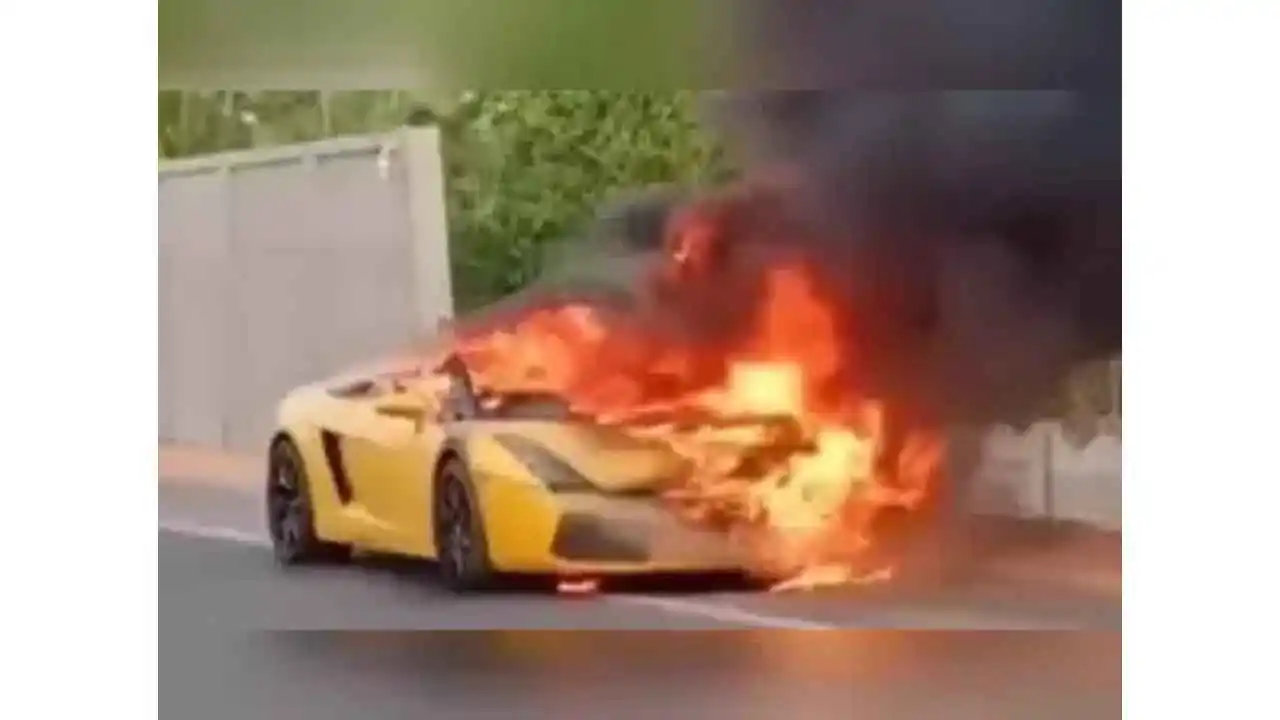
A person who deals in the sale and purchase of old luxury cars and a few others has allegedly burnt an old but expensive model of Lamborghini Gallardo on a road in Hyderabad over a dispute with its owner on Monday. The police said the owner of the Lamborghini Gallardo, Neeraj wanted to sell off the vehicle, estimated to be worth up to Rs 1 crore, and had informed some of his friends to look for a buyer.
The police added that the main accused Ahmed had called a friend of Neeraj and asked him to bring the car. The said friend of Neeraj was known to the Ahmed. When the luxury car was brought to Mamidipalli Road which is situated on the city outskirts Ahmed along with a few others, burnt the luxury car using petrol and claimed that Neeraj owed him money.
A video circulating on social media shows the luxury car Lamborghini Gallardo being burned and reduced to ashes. The police officials said a complaint has been registered by Neeraj, a car reseller who had bought the luxury car from its original owner. By the time fire department vehicles arrived at the scene it was too late as the luxury car was engulfed in flames and badly damaged. A video of the burning Lamborghini Gallardo has been circulating on social media.
The incident is a proof to the lengths to which disputes can rise. An expert spoke about the car that got burnt and said it was the Gallardo Spyder. He pointed out that it is a substantially older gen model which can only be found in the resale market. The expert further added the car has a powerful 5-litre NA V10 engine that made 513 horse power and 510 Nm of peak torque.
-

 Latest world news21 hours ago
Latest world news21 hours agoDubai sky turns green during storm in UAE, video goes viral
-

 Cricket news21 hours ago
Cricket news21 hours agoKKR captain Shreyas Iyer fined Rs 12 lakh for slow over rate in match against RR
-
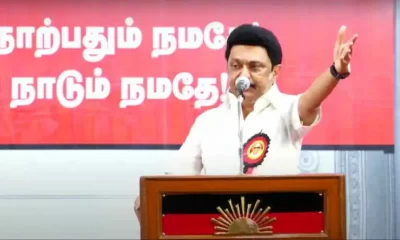
 2024 Lok Sabha Elections23 hours ago
2024 Lok Sabha Elections23 hours agoMK Stalin says if Prime Minister Narendra Modi comes to power again, the country would go back by 200 years
-

 2024 Lok Sabha Elections20 hours ago
2024 Lok Sabha Elections20 hours agoMamata Banerjee accuses BJP of plotting riots on Ram Navami
-
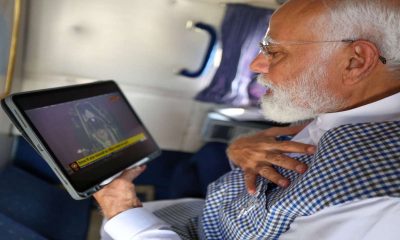
 India News23 hours ago
India News23 hours agoPM Modi chants Jai Shri Ram in Assam rally, shares visuals of Ram Lalla’s Surya Tilak, says emotional moment for him
-

 India News18 hours ago
India News18 hours agoLamborghini Gallardo worth nearly Rs 1 crore set on fire over business dispute
-
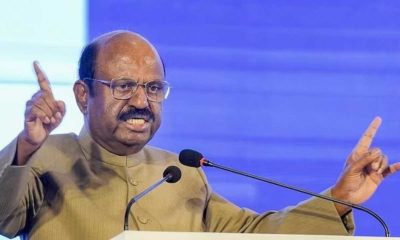
 2024 Lok Sabha Elections18 hours ago
2024 Lok Sabha Elections18 hours agoElection Commission advises Bengal Governor to not visit Cooch Behar on voting day
-

 Latest world news20 hours ago
Latest world news20 hours agoBigg Boss 14 contestant Rahul Vaidya struggles walking in knee deep water, compares Dubai rains with Mumbai floods

